Buncrana Castle, an emblem of Irish heritage, stands as a testament to the architectural ingenuity and historical depth of Ireland. Nestled on a peninsula off a peninsula, it offers a picturesque view across Lough Swilly towards the Atlantic Ocean. This castle, originally built in the early 18th century, not only captivates with its serene architecture but also embodies a rich narrative woven into the fabric of Irish history. Its significance extends beyond its aesthetic appeal, serving as a marker of cultural and historical milestones in Ireland.
Historical Background
The story of Buncrana Castle is intricately linked with the Norman castle known as O’Doherty’s Keep, which predates the current structure. This site, holding strategic importance, was seized in the early 17th century after the failed rebellion of Cahir O’Doherty. It was then that the lands came into the possession of the Vaughan family, who played a pivotal role in the area’s development. George Vaughan, a descendant, was responsible for the construction of Buncrana Castle in 1718, using stones from the defensive wall that surrounded O’Doherty’s Keep. The castle’s establishment marked a significant shift in the locale’s dynamics, with Vaughan moving the town of Buncrana to its present location and laying the groundwork for the modern settlement.
Architecture and Design
Buncrana Castle showcases a distinguished architectural style characteristic of early 18th-century Irish country houses. Its design features small cubical wings at each end of the main block, a style noted for its historical significance and resemblance to musical counterpoint, where the last note of one phase becomes the first of the next. This architectural motif, compared to houses like Jigginstown and Waringstown, underlines a long tradition of such design elements in Irish architecture.
The castle’s roof, a triple stack from 1718, represents one of the oldest surviving roofs in Ireland. Remarkably, it retains its original covering of pegged stone slates, sourced locally and graded meticulously from eaves to ridge. This roof not only highlights the craftsmanship of the period but also underscores the commitment to preservation and repair seen in the castle’s recent history. The architectural details, from the balanced windows to the gently ascending entrance steps, contribute to a design that, while might be considered reserved by some, exudes a quiet confidence and a harmonious balance with its surroundings.
In comparison to other Irish country houses of the period, Buncrana Castle stands out not just for its scenic location but also for its architectural integrity and the historical depth it represents. Unlike the more ornate or imposing structures of its time, Buncrana Castle impresses with its understated elegance and the thoughtful design that connects it to both its natural environment and its historical roots.
George Vaughan and the Construction of the Castle
George Vaughan, a figure pivotal to the architectural and urban landscape of Buncrana, played a central role in the construction of Buncrana Castle in the early 18th century. His contributions extended beyond the mere erection of a building; they were instrumental in shaping the socio-economic fabric of the area. Vaughan, taking stones from the defensive walls of the earlier Norman castle, O’Doherty’s Keep, embarked on building what would become one of Donegal’s most significant structures. This act of repurposing materials from the historical fortress not only imbued the new castle with a sense of continuity but also marked a transformation in the locality’s identity.
Moreover, Vaughan’s vision led to the relocation of the town of Buncrana. Originally situated closer to O’Doherty’s Keep, the town was moved south of the River Crana, under Vaughan’s directive. This strategic move was not merely about the construction of a residence but was emblematic of Vaughan’s broader ambitions for the area. By founding the present main street and erecting the Castle Bridge, a six-arched stone structure, Vaughan laid down the infrastructure for the Buncrana that we know today. His actions underscore a significant contribution to the region’s development, making him a central figure in its history.
Historical Events
Buncrana Castle has been the backdrop for several significant historical events, most notably the capture and temporary imprisonment of Wolfe Tone, a leading figure in the Irish Rebellion of 1798. Wolfe Tone’s association with the castle adds a layer of political and historical depth to its narrative. After being captured in a naval battle off the coast of Donegal, Tone was held in Buncrana Castle before his transfer to Dublin. This event underlines the castle’s incidental role in a pivotal moment in Irish history, highlighting its significance beyond architectural marvel.
The castle’s existence through centuries positions it as a silent witness to the evolving political landscape of Ireland. From the aftermath of the O’Doherty rebellion to the upheavals of the 1798 rebellion, Buncrana Castle has been intertwined with broader historical and political narratives. Its walls encapsulate stories of intrigue, rebellion, and change, making it not just a physical structure but a monument to Ireland’s tumultuous history. The castle thus serves as a testament to the region’s resilience and the shifting tides of Irish political fortunes.
Ownership and Changes Over the Years
Buncrana Castle’s history is marked by a series of ownership changes and modifications that reflect the evolving needs and tastes of its occupants. Initially constructed by George Vaughan in the early 18th century, the castle and its surrounding lands have witnessed a succession of owners, each leaving their imprint on the estate. After the Vaughan family, the property passed through various hands, including the Todds, a notable shift when Isaac Todd acquired the town and castle in the early 19th century on behalf of the trustees of the Marquess of Donegall. The castle later became the seat of Alexander Airth Richardson, linking it to prominent figures in Irish society.
Over the centuries, Buncrana Castle has seen modifications and extensions that speak to the architectural trends and necessities of the times. In the mid-19th century, notable extensions included a two-bay two-story extension to the south elevation around 1860, enhancing its residential capacity and architectural allure. These changes, while altering the original footprint, have contributed to the castle’s rich tapestry, merging historical integrity with evolving aesthetic and functional demands.
Preservation Efforts
The preservation of Buncrana Castle has been a focal point of recent efforts to maintain and restore its historical and architectural significance. A notable milestone in these efforts was the award-winning repair of the castle’s complex roof by Howley Harrington Architects in the early 2000s. This work, which received accolades from the Royal Institute of the Architects of Ireland (RIAI), involved meticulous restoration to address decades of weathering and inadequate repairs. The project’s emphasis on salvaging original materials, such as the stone slates for the roof, underscores a commitment to preserving the castle’s authenticity while ensuring its structural integrity. These efforts reflect a broader recognition of the importance of maintaining historical landmarks, not just for their architectural beauty but as tangible connections to our past.
Buncrana Castle Today
Today, Buncrana Castle remains under private ownership, standing as a silent guardian of history amidst the bustling life of modern Buncrana. Although not open to the general public for interior tours, the castle can be admired from the outside, particularly from the vantage points offered by the six-arched stone bridge and the pathway on the shore walk. Its presence continues to be a point of interest and pride for the community, embodying centuries of Irish history and cultural heritage.
The castle’s ongoing significance lies in its ability to connect the past with the present, offering a window into the architectural styles, societal changes, and historical events that have shaped the region. As a private residence, Buncrana Castle serves as a reminder of the importance of preserving such historical edifices, not just for their aesthetic or architectural value, but for their ability to tell the stories of those who came before us. In this way, Buncrana Castle remains a cherished landmark, symbolizing the rich tapestry of Irish history and the enduring legacy of its people.
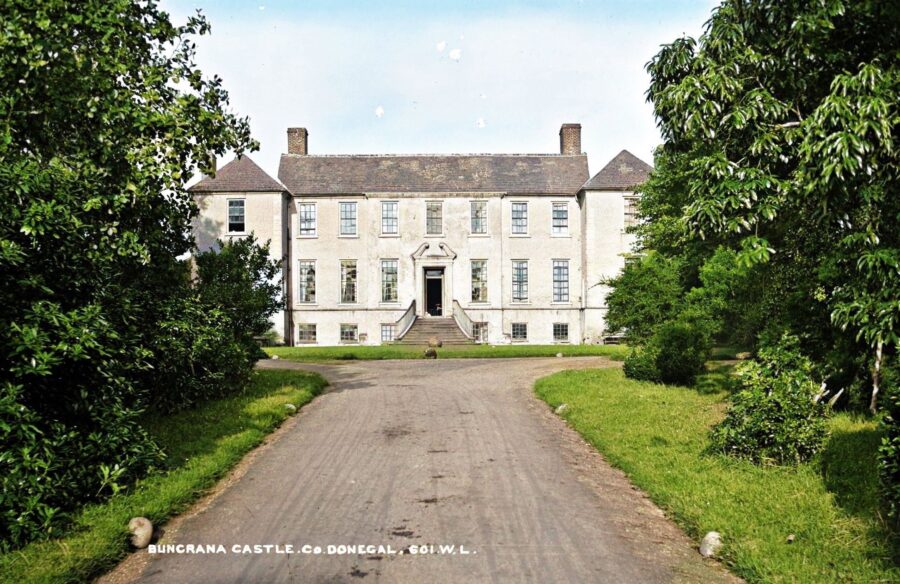


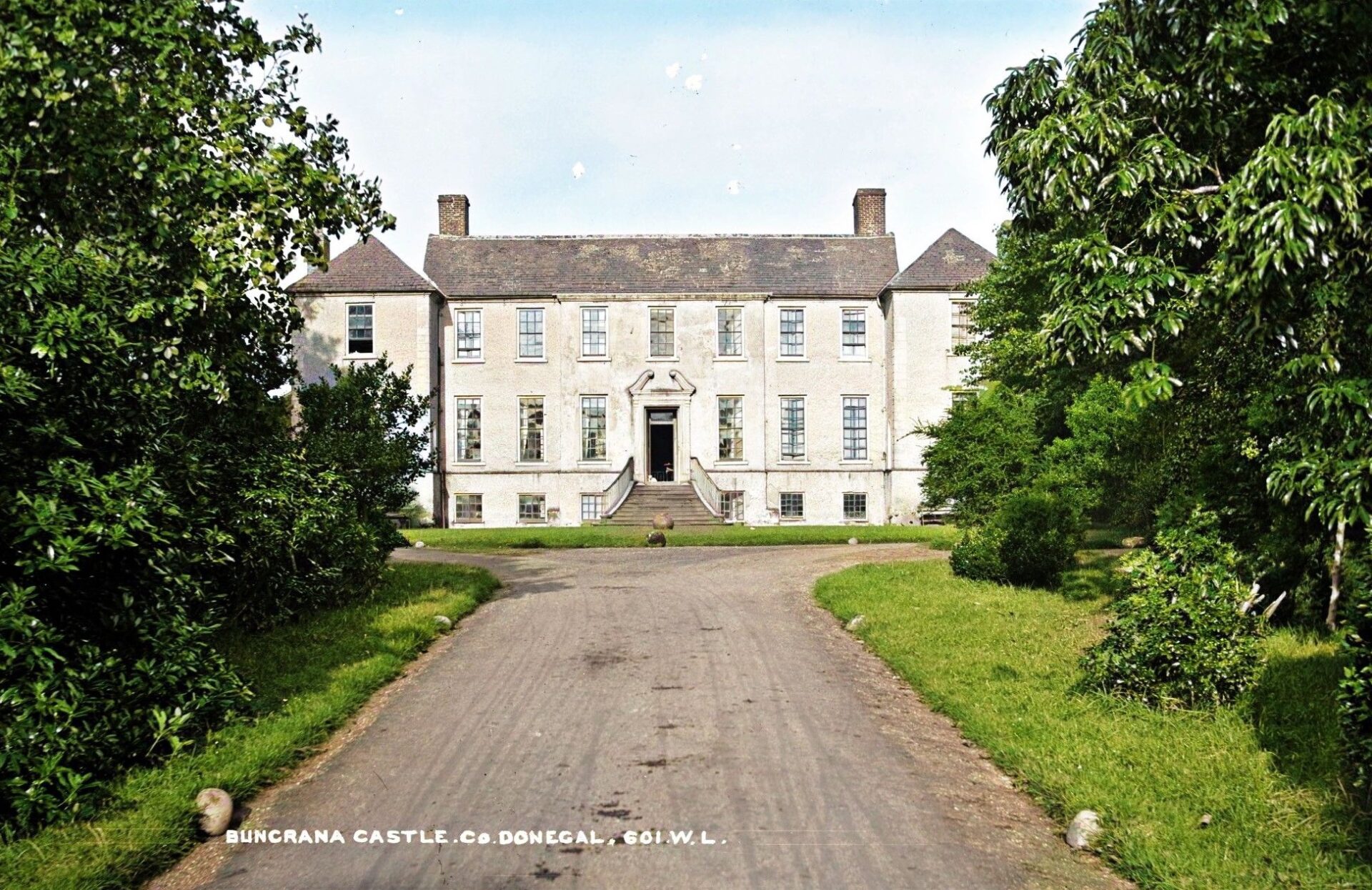
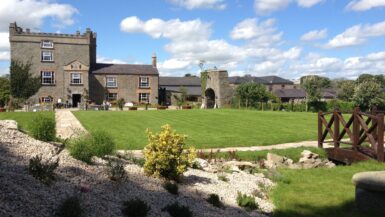
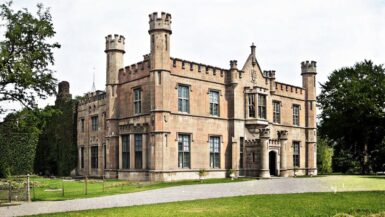
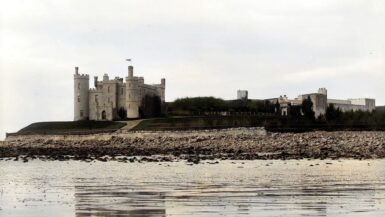
Leave a reply